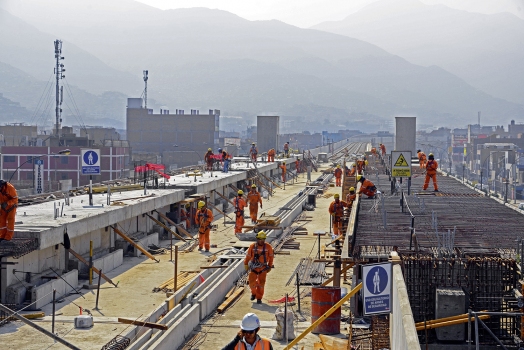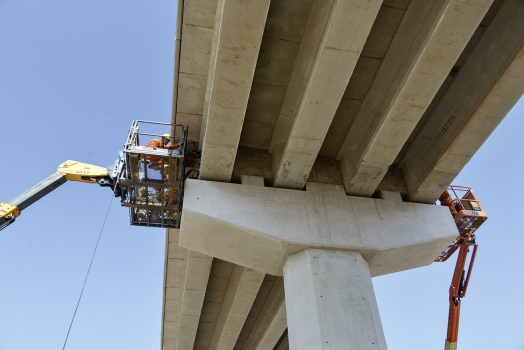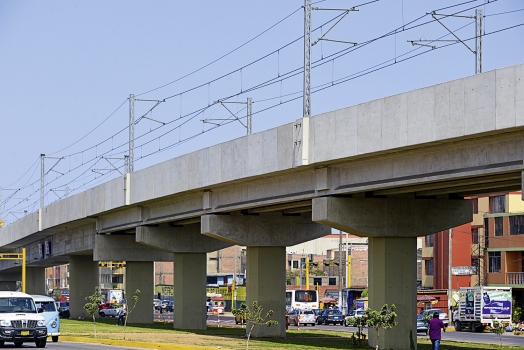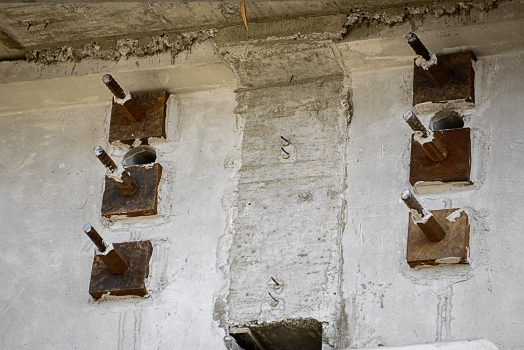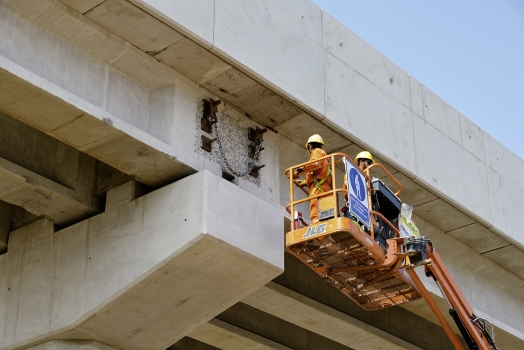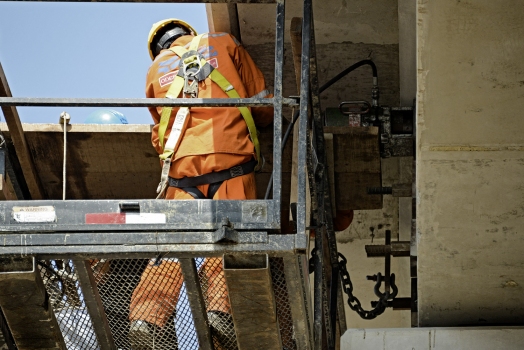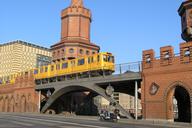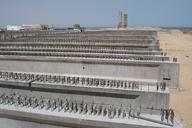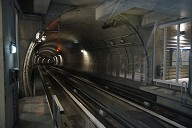Expansion of Metro de Lima in Peru
The Lima Metro, which was originally known as "Tren Eléctrico" (electrical train), is a light rail system that connects southern Lima with the city centre. After beginning construction in 1986, the city railway included more than 32 cars and seven stops along a 9.2 km section on Line No. 1. Nevertheless, construction work was suspended for nearly 20 years due to a lack of demand and unfavourable economic conditions.
Media
In 2009, the Ministry of Transportation (Ministerio de Transportes y Comunicaciones) resumed construction and finished the first section of Metro de Lima's Line 1 within a record time of one and a half years. The present section has a total length of 21.48 km and leads to Lima's city centre. During this construction phase, DSI Peru had supplied the consortium with bars and accessories for the construction of the Metro de Lima's viaducts.
Second section of Line 1 runs on a 12.4 km long viaduct
Afterwards, the second section leading to San Juan de Lurigancho in the city's north-east was put out to bid, and the joint venture "Metro de Lima" consisting of Odebrecht Perú Ingeniería y Construcción and Graña y Montero was awarded the contract to build the project. The second section of Line 1 runs through the three districts Cercado de Lima, El Agustino and San Juan de Lurigancho on a 12.4 km long viaduct. The second, approx. 13 km long section will include ten stops, a 270 m and a 240 m long bridge as well as four power stations and a turnaround area.
DSI Peru is in continuous contact with the planning department of Consorcio Tren Eléctrico and is supporting the general contractor on technical issues regarding the use of bar tendons that are both used for the temporary stabilization of precast girders and as permanent tendons.
The following products have been used for this project:
- Ø 32 mm bar tendons for the temporary stabilization of the precast girders on the pier bearings. In addition, several intermediate walls near the platforms were strutted with permanent bar tendons. In each of the ten stations, the precast girders were fixed on each of the pier supports using four permanent bar tendons that were horizontally placed and tensioned to 590 kN in order to accommodate the expected dynamic alternating loads.
- Bar tendons, Ø 36 mm: To eliminate tension in the concrete and for structural reinforcement, the two outer faces of the pier abutments were reinforced using Ø 36 mm vertical bar tendons that were tensioned to 740 kN.
References
Structure Types
- About this
data sheet - Product-ID
7415 - Published on:
07/09/2016 - Last updated on:
17/11/2021

